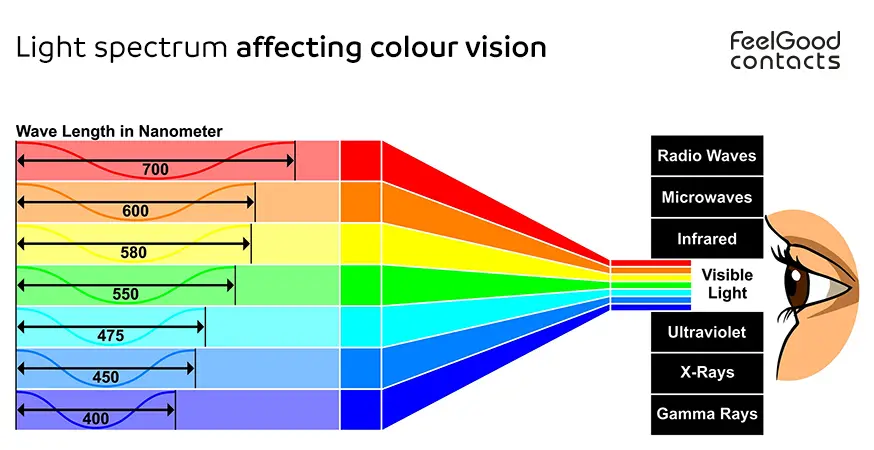Is colour blindness genetic?
Colour blindness is largely hereditary, however, it can also develop from illness, medication, eye-related accidents and eye conditions such as age related macular degeneration. The condition is passed from parent to child via the X chromosome, which is why it largely affects men much more so than women.
A deficiency in seeing colours can be experienced later in life, however, once experienced the severity of the blindness usually remains the same. If you are colour blind and notice a change in the way you perceive colours, contact your optician.
Disclaimer: The advice in this article is for informational purposes only and does not replace medical care or an in-person check-up. Please check with an eyecare professional before purchasing any products or remedies. For information on our article review process, please refer to our Editorial Policy.

 Offers
Offers Account
Account
 Favorite
Favorite
 Basket
Basket

 OFFERS
OFFERS


















